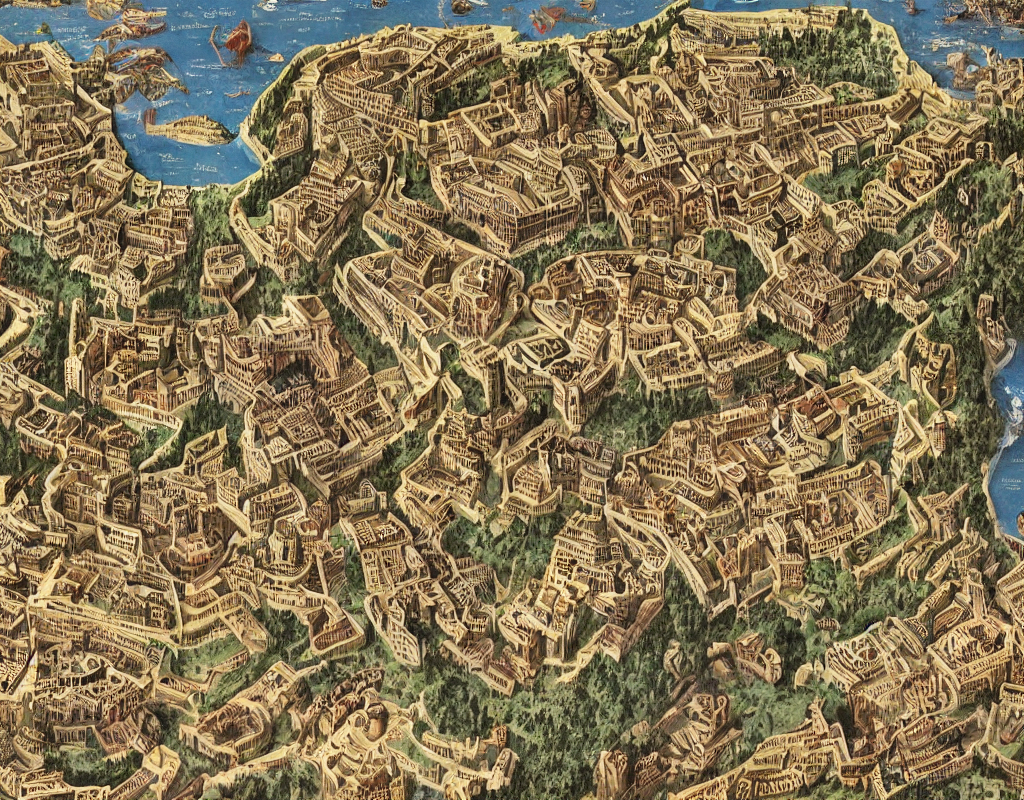The legacy of civilizations
 There are legacies all around us. We all have legacies, including you. Yeah, I know what you’re thinking…but you do. Read on.
There are legacies all around us. We all have legacies, including you. Yeah, I know what you’re thinking…but you do. Read on.
Here’s a hint: A legacy can take many forms. It might be a physical object, like a piece of art or a family heirloom. Or maybe a skill or talent that is passed down from generation to generation. It could be a body of work, like a writer’s body of work or a musician’s body of work. It could even be a way of life, like a tradition or a culture. Or something as fundamental as a belief system, like a religion or a philosophy.
Some legacies are positive and some are negative. A positive legacy might be a tradition of always helping others in need. A negative legacy might be a history of violence and hatred. You see, a legacy is so much more than what resides in your bank account.
And there are many examples of different types of legacies in history. Allow me please to use these examples of civilizations versus individuals merely to demonstrate the variety in types of legacies. Consider first the legacy of the Roman Empire. The Roman Empire was one of the largest empires in history. It was known for its military might, its architecture, and its legal system. This Empire left a legacy of power and influence that many say is still felt today. Or take another example: the legacy of the Ancient Greek civilization. The Ancient Greeks were known for their art, literature, and philosophy. This enduring and timeless legacy of the Ancient Greeks is still evident in Western culture.
Indeed, legacies take many forms; and we all have one. How is your’s looking?